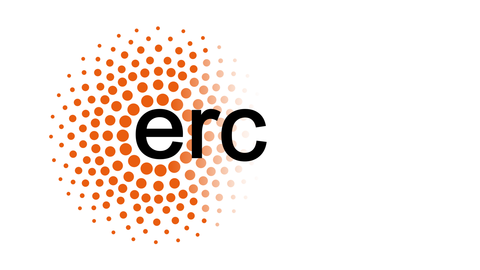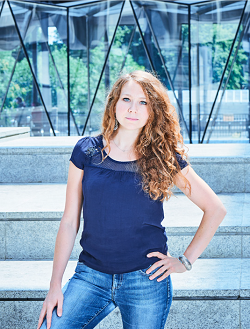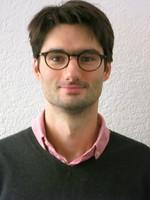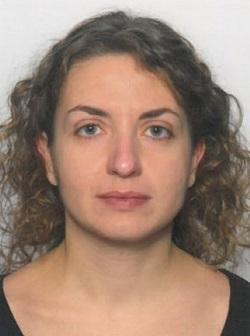
ERC Consolidator 2020
De nouveaux succès à la Faculté des Sciences et Ingénierie de Sorbonne Université. Félicitations aux trois récipiendaires !
Conseil européen de la rechercheInscrite dans le cadre du programme de recherche et d'innovation Horizon 2020, la bourse ERC Consolidator a pour objectif de financer des projets de recherche exploratoire sur un thème innovant et une durée de 5 ans pour un budget d’environ 2 millions d'euros.

Silvia Galli, Chercheuse CNRS (IAP1) |
||
|
(1) Institut d'Astrophysique de Paris Résumé (anglais) : |

Matthew Morrow, Chercheur CNRS (IMJ-PRG2) |
||
|
(2) Institut de Mathématiques de Jussieu - Paris Rive Gauche Résumé (anglais) : |

Kallia Petraki, Professeure Sorbonne Université (LPTHE3) |
||
|
(3) Laboratoire de Physique Théorique et Hautes Énergies Kalliopi Petraki travaille sur la physique des particules élémentaires au-delà du modèle standard. Elle s'intéresse à ce que les lois fondamentales de la nature peuvent nous apprendre sur l'évolution et la structure de notre univers et, inversement, à l'utilisation des observations cosmologiques et astrophysiques pour découvrir des lois de physique fondamentale inconnues. Ses recherches visent à comprendre l'origine de l'excès de matière par rapport à l'antimatière dans notre univers, ainsi que les propriétés fondamentales de la matière noire, un type inconnu de matière qui est cinq fois plus abondante que la matière ordinaire. Projet : Charting the multi-TeV cosmos: long-range interactions in dark matter and baryogenesis (CosmoChart) Résumé (anglais) :
Since the long-range dynamics becomes increasingly more important at higher scales, the investigations of CosmoChart will chart particle cosmology at the TeV scale and beyond.
|
